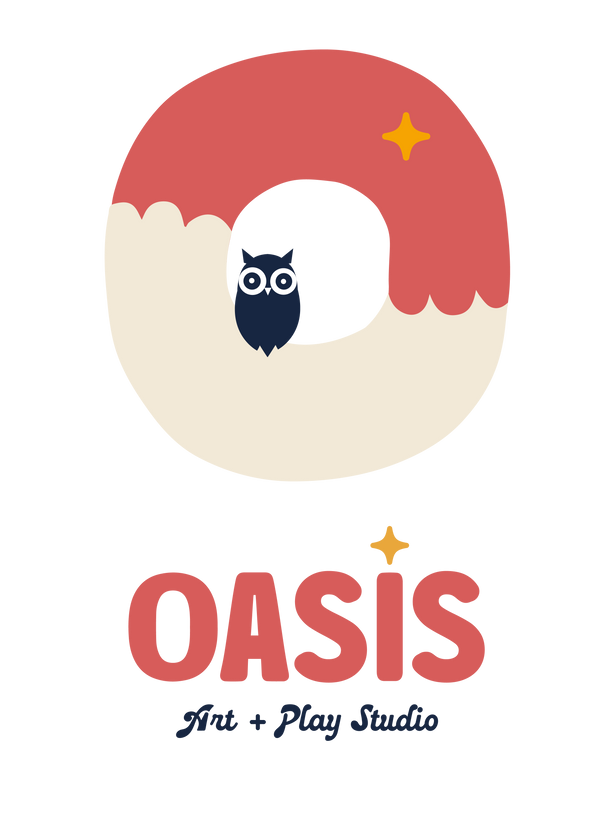Inside the Creative Mind of a Child
 Every time a child picks up a brush, colors with crayons, or molds clay, something incredible is happening beneath the surface. Child development through art is not just about creativity; it’s about emotional expression, problem-solving, and self-discovery. Through art, children communicate thoughts and feelings they can’t yet put into words, building both confidence and emotional resilience.
Every time a child picks up a brush, colors with crayons, or molds clay, something incredible is happening beneath the surface. Child development through art is not just about creativity; it’s about emotional expression, problem-solving, and self-discovery. Through art, children communicate thoughts and feelings they can’t yet put into words, building both confidence and emotional resilience.
Art and emotional intelligence are deeply connected. When a child paints a happy day or draws a stormy sky, they’re processing feelings safely and creatively. Many therapists even use art therapy for kids to help them express and manage emotions.
The Hidden Benefits of Art for Children
The benefits of art for children reach far beyond the art table. Every artistic activity, painting, cutting, pasting, or coloring, stimulates the brain, improves focus, and strengthens fine motor skills.
Some key developmental advantages include:
- Enhanced cognitive development: Art encourages decision-making, planning, and experimentation.
- Better fine motor control: Holding brushes or scissors refines coordination and muscle strength.
- Improved problem-solving: Mixing colors or creating patterns develops logical and creative thinking.
- Stronger communication skills: Visual storytelling allows children to share experiences beyond words.
- Boosted confidence: Completing an artwork gives kids a sense of pride and ownership.
|
Benefit Area |
Stat/Finding |
|
Dropout risk |
5x less likely with art education |
|
Academic Performance |
Language grades improved by 15%, math by 10%, and art by 9% after art workshop programs |
|
Creativity & problem-solving |
Higher test scores for art-involved kids |
|
Self-esteem |
43% higher self-esteem scores in regular art participants |
|
Cognitive flexibility |
Improved decision-making, planning, experimentation, Children in art-integrated classrooms retained up to 29% more information |
|
Social-emotional skills |
Boosted by regular art making |
These benefits blend emotional, cognitive, and physical growth, making art one of the most holistic forms of early learning.
How to measure whether art is helping a particular child
You don’t need an fMRI : try these simple indicators over 6–12 weeks:
-
Mood check-ins: ask the child to rate stress/mood before/after art sessions. (expect short-term mood boosts.
-
Attention test: track ability to complete homework or focused work blocks before and after a sustained arts program.
- School markers: attendance, assignment completion, and teacher reports on classroom behavior across the semester.
Process Over Perfection
In today’s classrooms, process-based art learning has become essential. Unlike product art, which focuses on achieving a “perfect” result, process art celebrates exploration. Children experiment freely with colors, textures, and materials, learning that mistakes are just part of creativity. This open-ended experience nurtures creative thinking in children and strengthens perseverance.
The Bigger Picture: Why Art Belongs in Education
Art isn’t an extracurricular luxury; it’s a foundation for lifelong learning. Early art education in India is gaining recognition for its role in fostering emotional intelligence, curiosity, and empathy. Activities like sensory play and art integrate learning through touch, sight, and sound, helping children connect imagination with understanding.
The importance of art in education lies in how it shapes balanced, thoughtful, and expressive individuals. Beyond grades or talent, art teaches children how to think freely, feel deeply, and dream boldly skills that last a lifetime.

